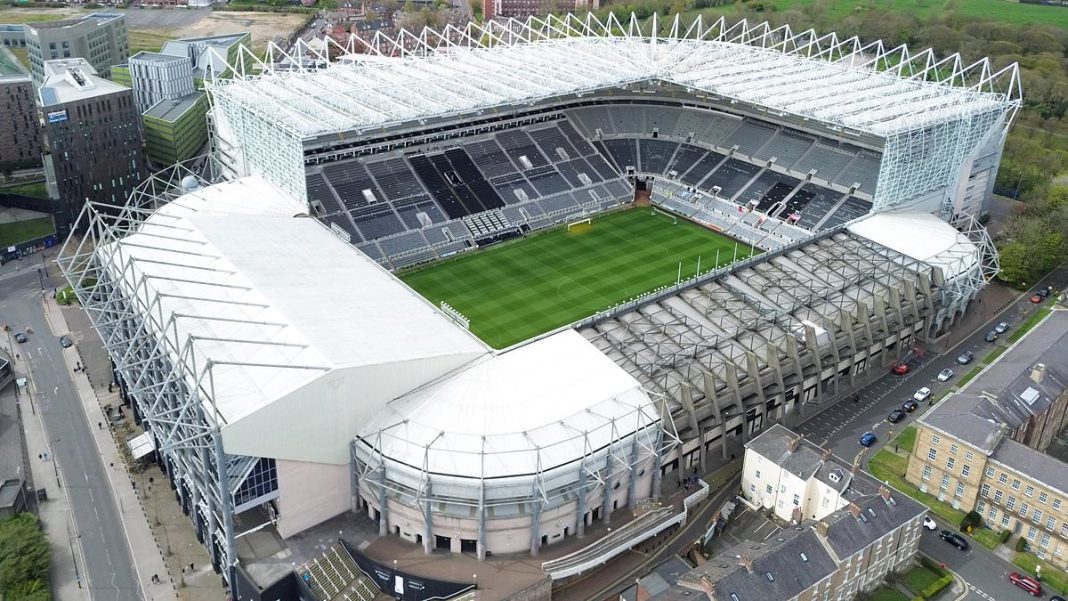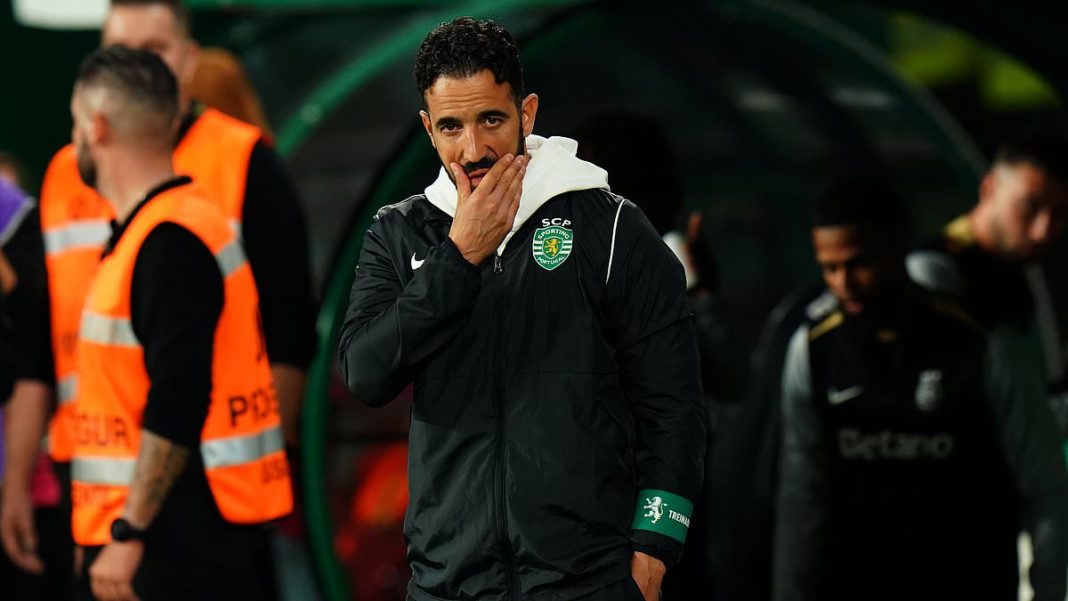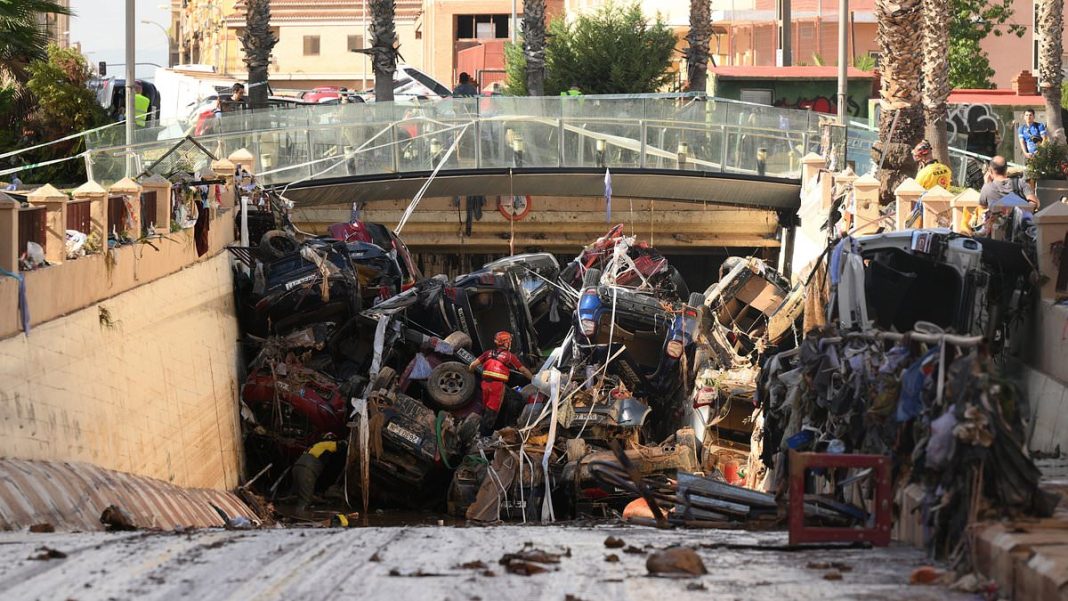- St James’ Park is rich in tradition but a club living in the past will likely stay there
- Join Mail+ to read Craig Hope’s Newcastle Confidential every Thursday, plus more exclusive scoops, in-depth coverage and analysis from St James’ Park
Every other week before leaving St James’ Park, I record a video looking out at the pitch from behind the dugouts. ‘Just me and the seagulls again,’ I remark, hoping it makes followers of my Newcastle WhatsApp channel smile.
It is usually more than two hours after full-time and I’m in there alone. The scene is majestic, a mist finally permitted entry having earlier been blown back to the sky by a storm of blare and fervour. Now, apart from the gentle ruffling of flags and the odd squawk of those hungry birds, there is silence.
Once, Eddie Howe stopped and, pitchside, marvelled at the sight. ‘There is something magnificent about an empty football ground,’ he said, and he was right.
But here is the point I have to make – when 52,000 depart once a fortnight and all that remains is a journalist with a selfie stick, a manager walking to his car and the banqueting seagulls, St James’ Park is an empty football ground. The tills click no more. The wallets have left the building and, in a world of Profit and Sustainability Rules, that makes the big cheques almost impossible to sign.
A super club needs a super stadium. St James’ is one of the richest in the land for tradition, story and animation, but – and this is a statement of huge regret – it will make comparative paupers of the team who play there. All the while, thousands will be locked out.
Twelve months on from the club first floating the idea of leaving St James’, when I declared on these pages that they should absolutely remain, I have changed my mind. At least, that is, on one condition – they build the stadium on the same site or, more likely, Leazes Park directly behind.
A renovation and expansion of St James’, the option to which I was wedded last year, would feel like a generational opportunity missed. No matter how impressive that may look, it could not compete with the earning power and ability to accommodate as would a purpose-built design of global renown.
If the Saudis are serious about their investment – and questions continue to be asked – they should see Tottenham and raise them.
My conversion, I believe, is shared by a significant percentage of Newcastle’s fanbase. In a poll I ran on X this week, 38 per cent of 6,000 voters said they had journeyed from preferring to stay at St James’ to wanting a new build.
The other options were; ‘I have always wanted to stay at a renovated St James’ (39 per cent)’, ‘I have always wanted a new stadium (21 per cent)’ and ‘I wanted a new stadium but now I want to stay (2 per cent)’. It is, then, 60/40 in favour of a new build.
In three years of Saudi ownership, the club have quite literally papered and painted over the cracks of their current home. When that sea of black and white washes back down the hill and into town, the weathering of the vessel left behind is all the more apparent.
But this is about far more than aesthetics. I took a tour of St James’ this week – part half-term activity, part research – and reacquainted myself with the corridors, concourses and staircases. Having been around the club for 37 years as a season-ticket holder, academy player and reporter, I know them well. But in that time they have barely changed. Why? There is no scope for them to change. The lack of space is limiting in both a literal and monetary sense.
The old players’ lounge along the narrow passage from the dressing-rooms, where I waited for Mirandinha’s autograph following Newcastle’s 2-2 draw with Liverpool in 1989, was only turned into a warm-up area a few years ago. The cupboard where I have interviewed the likes of Alan Shearer and Kevin Keegan still doubles as a studio nearly two decades on.
The small manager’s office, where I’d chat on the inside with Glenn Roeder but wait on the outside for Sam Allardyce, is in the same place. The East Stand turnstile where I first shuffled through on Saturday November 14, 1987, to watch a goalless draw against Derby County remains untouched, like a monument to a rite of passage for generations before and after me.
The club does not have an official museum because it does not need one, St James’ itself performs that role. For while the ground has sprouted new tiers, it has not really evolved. It has not been able to.
The Milburn Stand is tall enough to break the clouds, but its footprint is not that of a giant. You can get from the pitch to Barrack Road, beyond the stadium’s perimeter, in about 30 seconds, skipping down the steps where Keegan fronted up to angry fans following the sale of Andy Cole to Manchester United in 1995.
There are memories in every nook and cranny, seat and turnstile, step and stairwell. The trophy cabinet is empty but nostalgia fills this place. A club that lives in the past, however, will probably stay there. I would rather it was different, but that is the reality of this sport in this age.
The Match, as it is called in these parts and is fully deserving of its capital letters, will always be The Match. No matter where Newcastle play, the right back’s hamstring or, more recently, the left back’s eczema, will always be the hottest topic of conversation in the newsagent’s, butcher’s or baker’s on a Saturday morning. I love that, it is still my happiest time of the week.
Of course, St James’ is synonymous with that sense of anticipation, and if you could bottle and sell the buzz from seeing the ground for the first time in those hours before kick-off (even if it is for the 1000th time), it would beat PSR without the need for spades in the ground.
But to break new ground in a footballing sense, that is what is needed. Part of my realisation of being OK with leaving St James’ was when, only a few weeks ago, I saw an image of what a new stadium could look like. It was unofficial and perhaps generated by a supporter, but wow, it certainly stopped me from scrolling. It was a hybrid of castle and colosseum and forced you to imagine what could be possible, if starting with a blank canvas (and blank cheque).
And that is the overriding motivation for changing my mind. Keeping hold of St James’ felt increasingly selfish. This is about tomorrow, not yesterday. It is about a generation who risk missing out on what should be a birthright. If my three sons are to be able to watch the team who play less than half a mile from the bed in which they were born, and for them not to believe football is a television show, it is time to let go of my past and embrace their future. There will always be seagulls, after all.









